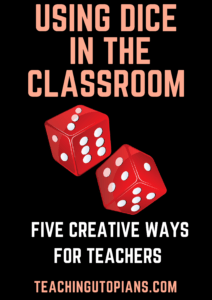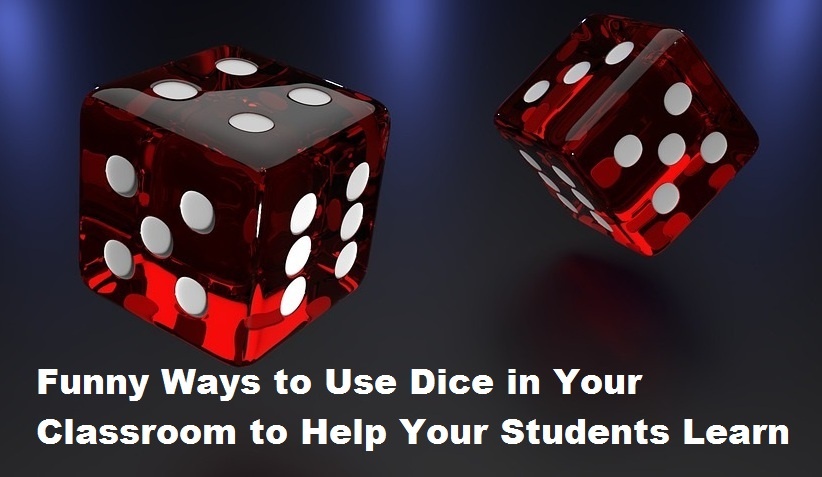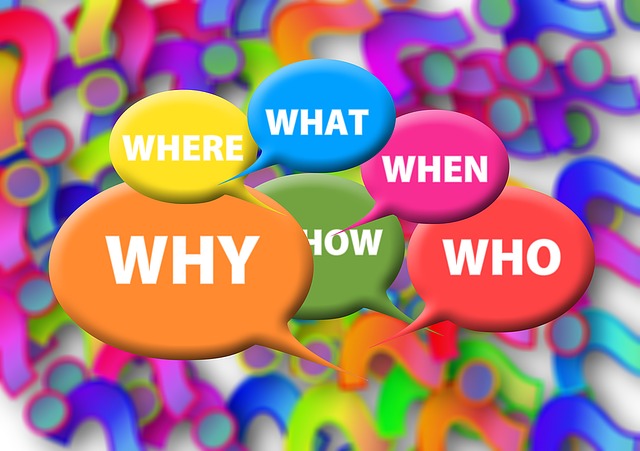The use of dice in the Classroom
We, the teachers, are diligently striving to make our teaching sound more appealing. We all know that students learn better when lessons and activities are fun and enjoyable. Teachers have to consider different and creative ways to maintain students’ engagement and motivation.
In this post, I came up with different ways to use dice in classrooms. In actuality, there exist many creative, funny, and different ways in which you can use dice in your classrooms. The use of dice can increase your students’ in-class motivation and also spice up the boring lessons. Here are five different amazing ways you might opt for when using dice.

The first way is using dice in conjunction with classroom exercises.
When finishing a certain lesson or unit, you can ask students to have their textbooks or display a worksheet. Students can focus on the exercises. Provide each of them with two dice. The use of dice can make the exercise more fun and motivating. Students can roll the dice, and the number they get corresponds to the number of questions they have to answer. This activity can be done in peer or group work, so the number of dice available can accommodate the entire classroom and make the activity more enjoyable, appealing, and challenging.
The second way is using dice to learn grammar.
There are twelve tenses in English. You can associate each number with a particular tense. Then, ask students to choose a specific verb and use a die. Students have to conjugate the verb in the tense indicated by the number on the die. For example, simple present corresponds to number one, simple past corresponds to number two, present perfect corresponds to three, and so on. If you are teaching advanced learners and want to practice all tenses, you can use two dice.
The third way is using dice to decide who goes first in presentations.
This is really amazing and keeps many learners engaged. If you have a unit review or a set of exercises with varying levels of difficulty, have learners roll a die and answer either the easiest or the most difficult question based on their roll. For instance, if students get 1, they should complete the simple present tense. If students get 6, they should complete the present perfect. The game continues until they finish the review or the set of exercises.
The fourth way is using dice to determine the level of difficulty in exercises and activities.
This is really amazing and makes many learners engaged. If you have a unit review or a set of exercises with varying levels of difficulty, have learners roll a die and answer either the easiest or the most difficult question based on their try. For instance: if students get 1, they should finish the simple present tense. If students get 6, they should finish the present perfect. The game goes like this until they finish the review or the set of exercises.
The fifth way is using dice to have your learners form different sentences.
Dice of different sizes work well with this activity. Have one of your students roll the die in front of the whole class, and the others have to compete to create sentences with the number of words that correspond to the number on the die.
Remember that not all these options can work for you. It all depends on your teaching context. Yet, you can modify and use them to make your classes more exciting. Please, Like our Facebook page and share this article if you think it can help someone you know. I would really appreciate your comments with respect to the use of dice in language classrooms.







